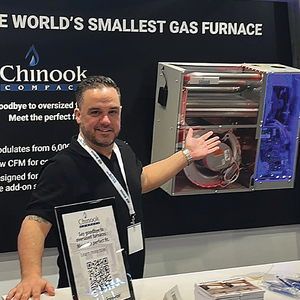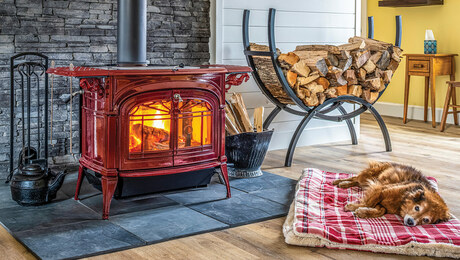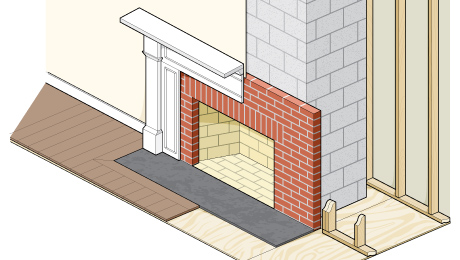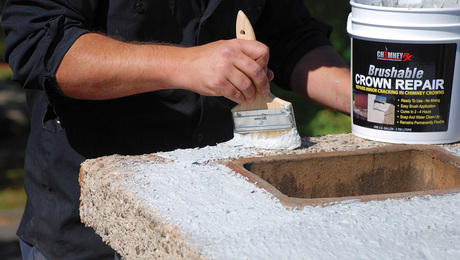Is Wood Heat the Answer?
By installing a modern wood-heat appliance, you can save money this winter and reduce your environmental impact.
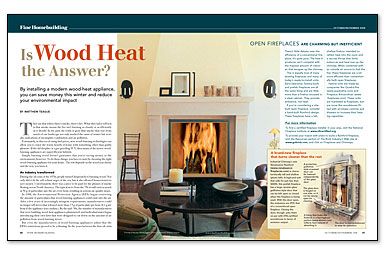
Synopsis: During the oil crisis of the 1970s, many homeowners looked to wood heat as a way of saving money. The wood burners of that time weren’t very efficient or environmentally friendly. Today, homeowners wanting to save money by turning to wood have more and better options than in years past. In this article, writer Matthew Teague offers a survey of today’s wood-heating choices, including woodstoves and inserts; masonry heaters; wood furnaces and boilers; and pellet stoves. He also includes information about open fireplaces, which are charming, but not energy-efficient.
They say that where there’s smoke, there’s fire. What they fail to tell you is that smoke means the fire isn’t burning as cleanly or as efficiently as it should. In the past, the trails of gray-blue smoke that rose from much of our landscape not only marked the onset of winter but were also indications of incomplete combustion and air pollution.
Fortunately, in this era of rising fuel prices, new wood-burning technologies can allow you to enjoy the warm hearth of home with something other than guilty pleasure. If the old fireplace is a gas-guzzling SUV, then many of the newer woodburning appliances are superefficient hybrids.
Simply burning wood doesn’t guarantee that you’re saving money or the environment, however. To do those things, you have to start by choosing the right wood-burning appliance for your home. The rest depends on the wood you choose and the way you burn it.
An industry transformed
During the oil crisis of the 1970s, people turned desperately to burning wood. Not only did it fit the self-reliant urges of the era, but it also allowed homeowners to save money. Unfortunately, there was a price to be paid for the plumes of smoke floating across North America. The typical stove from the ’70s would emit as much as 50 g of particulate into the air every hour, resulting in serious air-quality issues.
In 1988, the Environmental Protection Agency (EPA) began restricting the amount of particulates that wood-burning appliances could emit into the air. After a few years of increasingly stringent requirements, manufacturers could no longer sell stoves that released more than 7.5 g of particulate per hour (4.1 g per hour if the appliance was catalytic). By the mid-’90s, the number of manufacturers that were building wood-heat appliances plummeted, and individual states began introducing their own laws that were designed to cut down on the amount of air pollution from wood-burning stoves.
But even the manufacturers of wood-burning appliances admit that the EPA’s restrictions proved to be a blessing. In the years between the first oil crisis and our present one, wood-burning technology made a number of great advances.
Modern stoves burn better
Improved technology combined with a spike in environmental interest has resulted in wood-heat appliances that burn at higher temperatures than they did 30 years ago. When wood reaches temperatures above the boiling point of water, it creates smoke — due to moisture in the wood — that traditionally makes its way into the chimney, leaving creosote deposits and polluting the air. But if the temperature in the appliance reaches roughly 1000°F and the air in the firebox is oxygenated, the smoke itself burns, removing a lot of the gases before they escape into the atmosphere. Complete combustion (100%) is still not possible with wood heat, but manufacturers have never been closer to producing an ideal system.
For more photos, illustrations, and details, click the View PDF button below:





